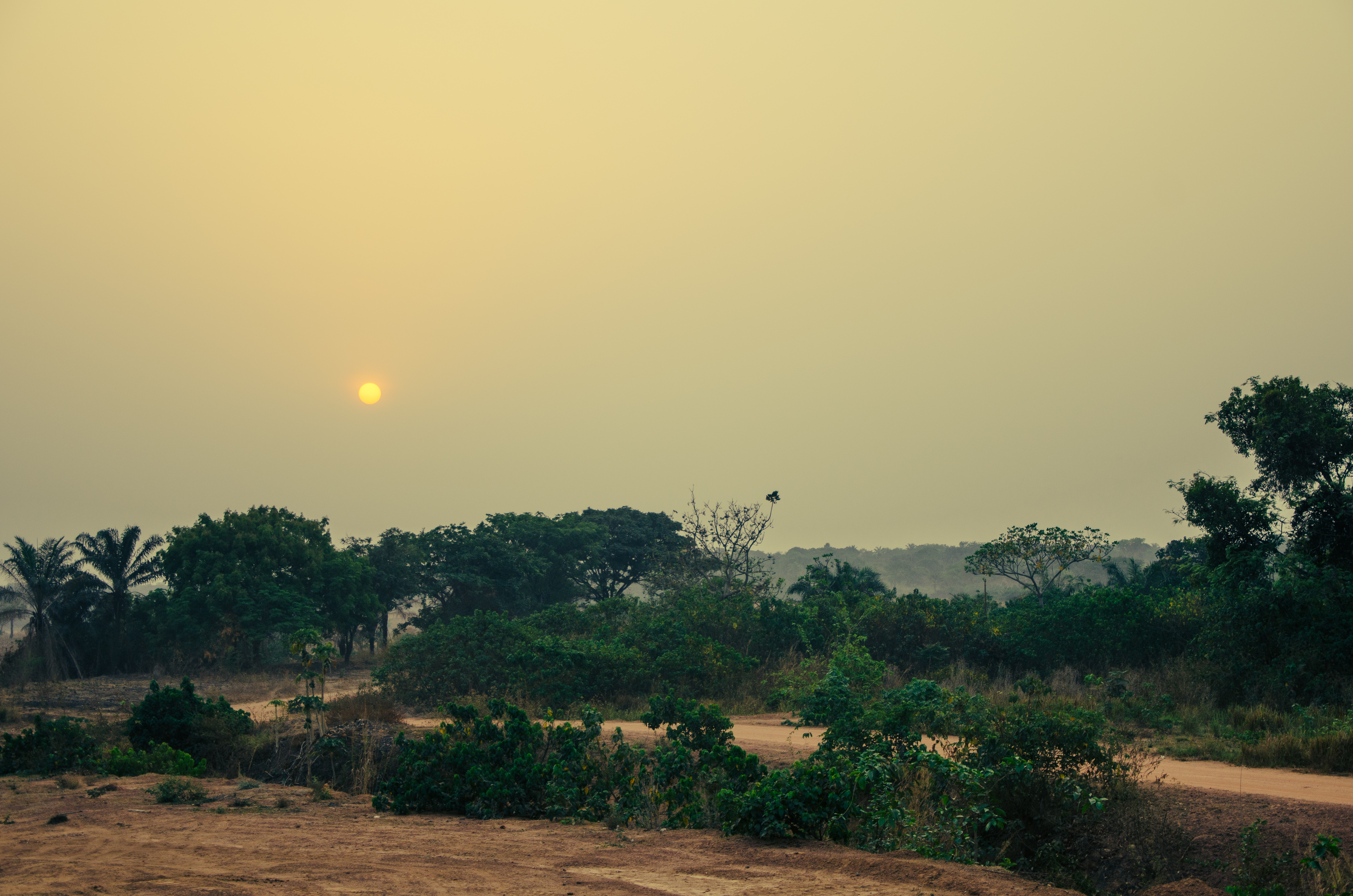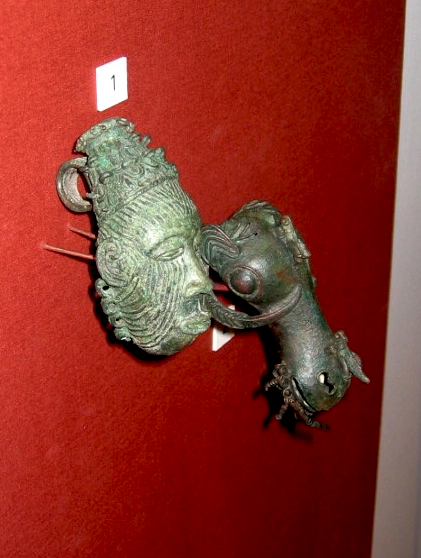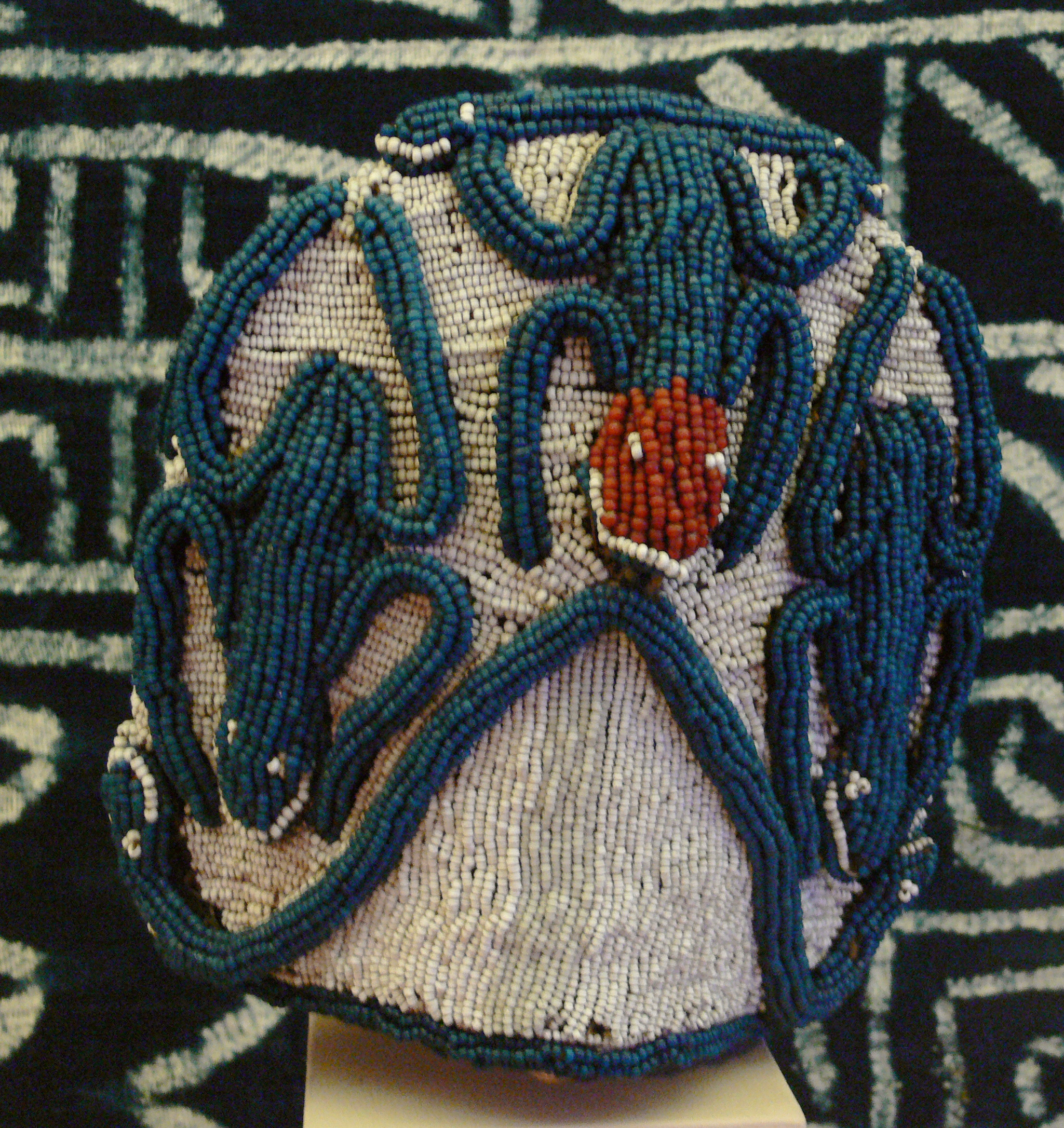|
Raffia Palm
Raffia palms (''Raphia'') are a genus of about twenty species of palms native to tropical regions of Africa, and especially Madagascar, with one species (''R. taedigera'') also occurring in Central and South America. ''R. taedigera'' is the source of raffia fibers, which are the veins of the leaves, and this species produces a fruit called "brazilia pods", "uxi nuts" or "uxi pods". They grow up to tall and are remarkable for their compound pinnate leaves, the longest in the plant kingdom; leaves of ''R. regalis'' up to long and wide are known. The plants are monocarpic, meaning that they flower once and then die after the seeds are mature. Some species have individual stems which die after fruiting, but have a root system which remains alive and sends up new stems which fruit. Cultivation and uses Fiber Raffia fiber is produced from the membrane on the underside of the leaf fronds. The membrane is taken off to create a long thin fiber, which can be rolled together for added ... [...More Info...] [...Related Items...] OR: [Wikipedia] [Google] [Baidu] |
Ambroise Marie François Joseph Palisot De Beauvois
Ambroise Marie François Joseph Palisot, Baron de Beauvois (27 July 1752, in Arras – 21 January 1820, in Paris) was a French naturalist and zoologist. Palisot collected insects in Oware, Benin, Saint Domingue, and the United States, from 1786 to 1797. Trained as a botanist, Palisot published a significant entomological paper entitled, "Insectes Receuillis en Afrique et en Amerique". Together with Frederick Valentine Melsheimer, he was one of the first entomologists to collect and describe American insects. He described many common insects and suggested an ordinal classification of insects. He described many Scarabaeidae as well as illustrating them for the first time. The study included 39 '' Scarabaeus'' species, 17 ''Copris'' species, 7 ''Trox'' species, 4 ''Cetonia'' and 4 '' Trichius'' species. Familiar beetles such as '' Canthon viridis'', '' Macrodactylus angustatus'' and '' Osmoderma scabra'' were first described by him. Many of the specimens that were labelled from Am ... [...More Info...] [...Related Items...] OR: [Wikipedia] [Google] [Baidu] |
Shoe
A shoe is an item of footwear intended to protect and comfort the human foot. They are often worn with a sock. Shoes are also used as an item of decoration and fashion. The design of shoes has varied enormously through time and from culture to culture, with form originally being tied to function. Though the human foot can adapt to varied terrains and climate conditions, it is still vulnerable to environmental hazards such as sharp rocks and temperature extremes, which shoes protect against. Some shoes are worn as safety equipment, such as steel-toe boots which are required footwear at industrial worksites. Additionally, fashion has often dictated many design elements, such as whether shoes have very high heels or flat ones. Contemporary footwear varies widely in style, complexity and cost. Basic sandals may consist of only a thin sole and simple strap and be sold for a low cost. High fashion shoes made by famous designers may be made of expensive materials, use complex constr ... [...More Info...] [...Related Items...] OR: [Wikipedia] [Google] [Baidu] |
Southeastern Nigeria
Igboland (Standard ), also known as Southeastern Nigeria (but extends into South-Southern Nigeria), is the indigenous homeland of the Igbo people. It is a cultural and common linguistic region in southern Nigeria. Geographically, it is divided by the lower Niger River into two sections: an eastern (the larger of the two) and a western one. Its population is characterised by the diverse Igbo culture and the speakers of equally diverse Igbo languages. Politically, Igboland is divided into several southern Nigerian states; culturally, it has included several subgroupings, including the Anioma, the Ngwa, the Aro, the Ezza, the Ibeku, the Ohuhu, the Oboro, the Ikwerre, the Ogba, the Omuma, the Ohafia, the Oyigbo, the Mbaise, the Isu and the Ekpeye. Territorial boundaries Igboland is surrounded on all sides by large rivers, and other southern and central Nigeria indigenous tribes, namely Igala, Tiv, Yako, Idoma and Ibibio. In the words of William B. Baikie, "Igbo settlement ... [...More Info...] [...Related Items...] OR: [Wikipedia] [Google] [Baidu] |
Bahumono
The Bahumono (Ehumono, Kohumono) people are the ethnic group in Nigeria located primarily in the Abi local government area of Cross River State. They are the largest ethnic group in the region. They speak the Kohumono language. History The Ehumono live along the Cross River and are known to have migrated from Hotumusa around the region of a rock called Ekpon á Rara, which they claim to be their spiritual and ancestral home. The tribe consists of eight villages namely; Ebijakara (Ebriba), Ebom, Ediba, Usumutong, Anong, Igonigoni, Afafanyi, and Abeugo. They are closely related to the Efik, Waawa , Yakurr , Akunakuna, Ekoi people and Annang people. The Bahumono people during the pre colonial period were adamant to accept the laws of the British administration. They and other upper Cross River tribes foiled the Cross River expedition of 1895, 1896 and 1898 leading to the massacre of several British personnel. They were once part of the Aro Confederacy. Culture and tra ... [...More Info...] [...Related Items...] OR: [Wikipedia] [Google] [Baidu] |
Annang
The Anaang (also spelled Annang) are a sub-ethnic group of the larger Ibibio people, whose land is primarily within 8 of the present 31 local government areas in Akwa Ibom State: Abak, Essien Udim, Etim Ekpo, Ika, Ikot Ekpene, Obot Akara, Oruk Anam, Ukanafun in Akwa Ibom State, and 3 of the 17 Local government areas in Abia State: Ugwunagbo, Obi Ngwa,and Ukwa East of Abia State. The Anaang were formerly located in the former Abak and Ikot Ekpene Divisions of the Anaang Province, as well as part of the former Opobo Division of Uyo Province, in the former Eastern Region of Nigeria. The proper name for the Ika of Akwa Ibom is Ika-Annang. Based on 2018 estimates, there are about 4 million Annang speakers in Akwa Ibom, Abia state and over a million speakers living outside these states. History Oral history According to oral tradition, the Abiakpo came to the northern range of Anaang from Eka Abiakpo. They were quickly followed by the Ukana clan, the Utu, Ekpu, Ebom and Nyama (th ... [...More Info...] [...Related Items...] OR: [Wikipedia] [Google] [Baidu] |
Ibibio People
The Ibibio people (English: / ɪbɪˈbiːəʊ/) are a coastal people in southern Nigeria. They are mostly found in Akwa Ibom and Cross River States. They are related to the Efik people. During the colonial period in Nigeria, the Ibibio Union asked for recognition by the British as a sovereign nation. The Annang, Efik, Ekid, Oron and Ibeno share personal names, culture, and traditions with the Ibibio, and speak closely related varieties (dialects) of Ibibio which are more or less mutually intelligible. The Ekpo and Ekpe societies are a significant part of the Ibibio political system. They use a variety of masks to execute social control. Body art plays a major role in Ibibio art. Origin The Ibibio people are reputed to be the earliest inhabitants of the south southern Nigeria. It is estimated that they arrived at their present home around 7000 B.C. In spite of the historical account, it is not clear when the Ibibio arrived at state. According to some scholars,they might have c ... [...More Info...] [...Related Items...] OR: [Wikipedia] [Google] [Baidu] |
Igbo People
The Igbo people ( , ; also spelled Ibo" and formerly also ''Iboe'', ''Ebo'', ''Eboe'', * * * ''Eboans'', ''Heebo''; natively ) are an ethnic group in Nigeria. They are primarily found in Abia, Anambra, Ebonyi, Enugu, and Imo States. A sizable Igbo population is also found in Delta and Rivers States. Large ethnic Igbo populations are found in Cameroon, Gabon, and Equatorial Guinea, as well as outside Africa. There has been much speculation about the origins of the Igbo people, which are largely unknown. Geographically, the Igbo homeland is divided into two unequal sections by the Niger River—an eastern (which is the larger of the two) and a western section. The Igbo people are one of the largest ethnic groups in Africa. The Igbo language is part of the Niger-Congo language family. Its regional dialects are somewhat mutually intelligible amidst the larger "Igboid" cluster. The Igbo homeland straddles the lower Niger River, east and south of the Edoid and Idomoid gr ... [...More Info...] [...Related Items...] OR: [Wikipedia] [Google] [Baidu] |
Cameroon
Cameroon (; french: Cameroun, ff, Kamerun), officially the Republic of Cameroon (french: République du Cameroun, links=no), is a country in west-central Africa. It is bordered by Nigeria to the west and north; Chad to the northeast; the Central African Republic to the east; and Equatorial Guinea, Gabon and the Republic of the Congo to the south. Its coastline lies on the Bight of Biafra, part of the Gulf of Guinea and the Atlantic Ocean. Due to its strategic position at the crossroads between West Africa and Central Africa, it has been categorized as being in both camps. Its nearly 27 million people speak 250 native languages. Early inhabitants of the territory included the Sao civilisation around Lake Chad, and the Baka hunter-gatherers in the southeastern rainforest. Portuguese explorers reached the coast in the 15th century and named the area ''Rio dos Camarões'' (''Shrimp River''), which became ''Cameroon'' in English. Fulani soldiers founded the Adamawa Emirate ... [...More Info...] [...Related Items...] OR: [Wikipedia] [Google] [Baidu] |
Nso People
The Nso people are from the Bamenda grass fields Northwest Region of Cameroon. Their traditional language is Lamnso (language of Nso) and their capital is Kumbo – where the Palace of the Fon is found. Summary History The Nso’ people migrated from Tikari in the Adamawa Region of Cameroon when there was a bloody succession after the death of Chief Tinki in 1387. The enthronement of Mveing as successor of Tinki sent all rivals to the throne away from Kimi. Ngonnso’, the founder of the Nso’ dynasty, left Kimi with a few followers together with her brothers Nchare Yen and Mbombam and their respective followers. After parting company with her brothers, Ngonnso’ and her followers first settled in Mbo’nso’, then later to Ndzennso’, Kovifem, Taavisa (for security), back to Koovifem, then to Kimbo (Kumbo). The tribe got its name from Ngonnso’, and is one of the largest tribes of Cameroon. Government Pre-colonial period The Fon is the traditional ruler. He is both t ... [...More Info...] [...Related Items...] OR: [Wikipedia] [Google] [Baidu] |
Democratic Republic Of The Congo
The Democratic Republic of the Congo (french: République démocratique du Congo (RDC), colloquially "La RDC" ), informally Congo-Kinshasa, DR Congo, the DRC, the DROC, or the Congo, and formerly and also colloquially Zaire, is a country in Central Africa. It is bordered to the northwest by the Republic of the Congo, to the north by the Central African Republic, to the northeast by South Sudan, to the east by Uganda, Rwanda, and Burundi, and by Tanzania (across Lake Tanganyika), to the south and southeast by Zambia, to the southwest by Angola, and to the west by the South Atlantic Ocean and the Cabinda exclave of Angola. By area, it is the second-largest country in Africa and the 11th-largest in the world. With a population of around 108 million, the Democratic Republic of the Congo is the most populous officially Francophone country in the world. The national capital and largest city is Kinshasa, which is also the nation's economic center. Centered on the Cong ... [...More Info...] [...Related Items...] OR: [Wikipedia] [Google] [Baidu] |
Kuba Kingdom
The Kuba Kingdom, also known as the Kingdom of the Bakuba or Bushongo, is a traditional kingdom in Central Africa. The Kuba Kingdom flourished between the 17th and 19th centuries in the region bordered by the Sankuru, Lulua, and Kasai rivers in the heart of the modern-day Democratic Republic of the Congo. The Kuba Kingdom was a conglomerate of several smaller Bushongo-speaking principalities as well as the Kete, Coofa, Mbeengi, and the Kasai Twa Pygmies. The original Kuba migrated during the 16th century from the north. Nineteen different ethnic groups are included in the kingdom, which still exists and is presided over by the King (''nyim''). History Shyaam a-Mbul The kingdom began as a conglomeration of several chiefdoms of various ethnic groups with no real central authority. In approximately 1625, an individual from outside the area known as Shyaam a-Mbul a Ngoong usurped the position of one of the area rulers and united all the chiefdoms under his leadership. Tradi ... [...More Info...] [...Related Items...] OR: [Wikipedia] [Google] [Baidu] |
Bohol
Bohol (), officially the Province of Bohol ( ceb, Lalawigan sa Bohol; tl, Lalawigan ng Bohol), is an island province of the Philippines located in the Central Visayas Regions of the Philippines, region, consisting of the island itself and 75 minor surrounding islands. Its capital is Tagbilaran. With a land area of and a coastline long, Bohol is the List of islands of the Philippines#List of islands by size, tenth largest island of the Philippines.The Island-Province of Bohol Retrieved November 15, 2006. The province of Bohol is a first-class province divided into 3 Legislative districts of Bohol, congressional districts, comprising 1 Cities of the Philippines, component city and 47 Philippine municipality, municipalities. It has 1,109 barangays. The province is ... [...More Info...] [...Related Items...] OR: [Wikipedia] [Google] [Baidu] |








